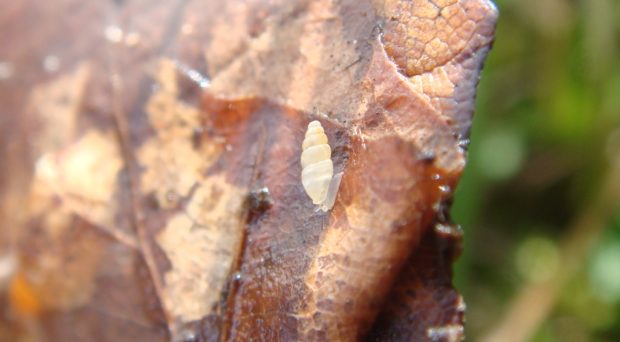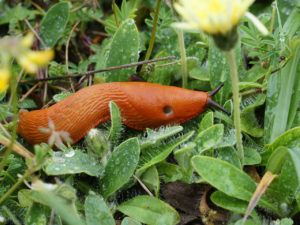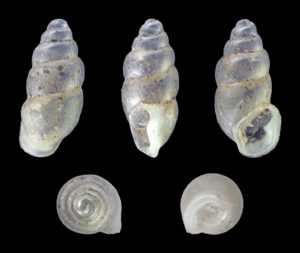
“Nature, which makes nothing durable, always repeats itself so that nothing which it makes may be lost.” – Oscar Wilde
Life probably originated and diversified initially in aquatic environments. Then, different organisms ventured gradually to the land, from bacteria to green plants, from mollusks to vertebrates.
It is not difficult to imagine how challenging it must have been to change from the sea to the land; indeed, the first records of living terrestrial organisms only appear during the Ordovician period (approx. 485 – 400 million years ago), many thousand-millions of years after the origin of life on Earth. When I began to outline my doctoral thesis, I became fascinated after I realized that most of the species living on land descended from only a few lineages that were successful in invading the terrestrial realm.
Energy is the basis of metabolism and most of the energy produced in the cells comes from the mitochondrion. Thirteen mitochondrial genes are translated into proteins in the metabolic pathway that finally generates ATP, the energetic currency of the cell. We postulated that these mitochondrial genes were also involved in the adaptation of organisms to the new realms on land, and that some mutations could have enhanced the overall metabolic performance of the cell.

In our study, we used mollusks because terrestrial invasion occurred multiple times in different families within this group. They offer an excellent opportunity to test whether the same genetic adaptations occurred in independent lineages. In addition, most of the previous studies on the genomic basis of the adaptation to land have been focused on vertebrates and so it was a good idea to test our hypothesis on an invertebrate , as they represent approximately 95% of the living animal diversity.
We decided to compare mitochondrial genomes from the Euthyneura, the most diverse group in the mollusk class Gastropoda. This group includes snails and slugs living in marine, intertidal, freshwater and terrestrial realms.
We found the same two mitochondrial genes (cob and nad5) under selection in lineages that independently invaded the land. This was a strong hint that similar selective forces left their footprint in the mitochondrial genome; both genes encode enzymes deeply involved in the energy production pathway, which is in line with our assumption that adaptation to the land environment required changes to cope with the increased energy demands.
Mitochondrial proteins are vital to organisms, and as such are highly conserved in their structure and functions between diverse organisms across the Tree of Life. That means that it is relatively easy to compare the amino acid sequences from snails against, for example, those from bats, dolphins, humans and rats. , we noticed that selection signatures were also found in vertebrates in similar amino acid positions in the proteins encoded by these genes.

Thus, we realized a similar pattern may have occurred in snails in order to adapt to changing energy demands in the transition to a new habitat as in vertebrates. The same proteins and sometimes even the same amino acid positions have apparently been under selection in whales as they moved from land to water, in bats moving from land to air, and in rodents going from living on the surface to subterranean habitats.
It seems that under drastically changing conditions, animals from very different groups came out with similar adaptations to their molecular machinery, probably because these changes are pivotal in answering the increased energy demands of their new habitats.
Although this is just a starting point, comparisons in other groups of organisms where realm transitions occurred using mitochondrial genomes or, with the aid of new sequencing technologies, complete genomes could illuminate the molecular adaptations that allowed our marine ancestors to so successfully conquer the land.
Comments